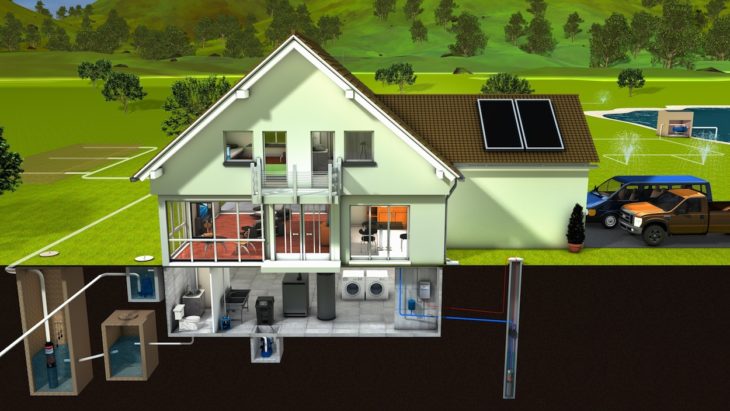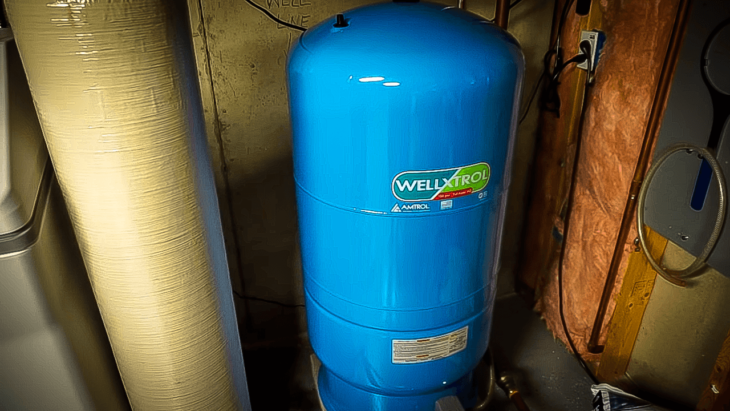Having a well water system can have its perks, including it being cheaper and independent from a municipal water system. However, one of the most common drawbacks of a good system is low water pressure.
Dealing with low water pressure isn’t the end of the world – but it can be annoying when it takes longer to shower or wash your dishes. The good news is that you usually don’t have to just put up with this issue. According to Ricks Plumbing, here are three essential tips you should know that can potentially boost the water pressure in your home.

Source: Goulds Water Technology
1. Check the pipes
Very often, low water pressure is caused by buildup or blockages in your plumbing. Over time, minerals and sediment that’s in the well water can collect inside the pipes all over your home. Not only will this disrupt the flow of water but the minerals can eventually corrode metal pipes.
So what can you do? Have a plumbing professional inspect and clean the pipes to remove the buildup. This will allow the water to flow like normal and hopefully solve your water pressure problem. To prevent this issue from happening again in the future, consider installing a water softener system that will remove the hard minerals before they can enter your main plumbing.

Source: World Water Reserve
2. Adjust the pressure tank
The pump that moves water from the well into your home should have a pressure switch and tank. To make adjustments, first, go to the electrical panel and turn off the circuit that controls the water pump. Once you find the pressure tank, use an air pressure gauge to test the air fill valve. The water pressure in your home should be between 40 and 60 psi (pounds per square inch).
If your reading is 40 or below, then you can adjust the pressure switch on the pipe connecting the pressure tank and the well. When that’s done, you can turn the circuit back on and test the water pressure coming out of a faucet. Repeat this process until you find the right pressure – but don’t go too high or it could damage your plumbing.
3. Add a constant pressure system
If the first two steps don’t fix your low water pressure, then it may be time to consider installing a constant pressure system. This device is installed on the main water supply line and helps the pressure tank maintain a consistent pressure – even while multiple outlets are being used at the same time.
